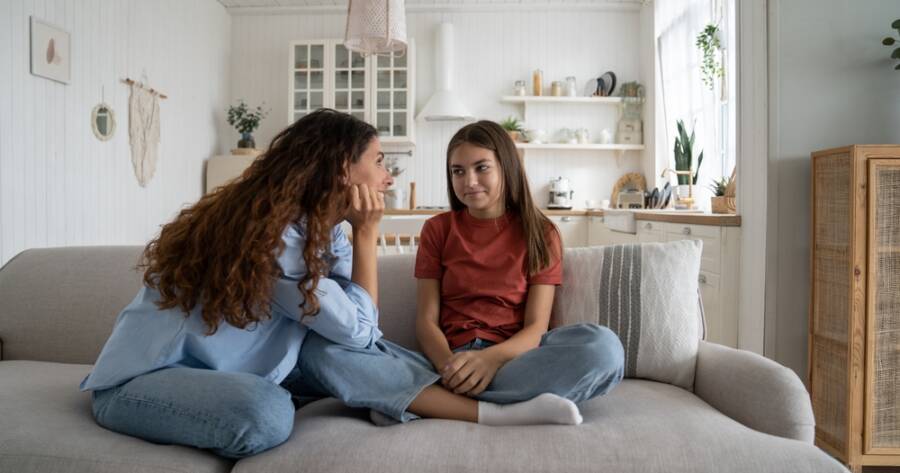Conflicts are an inevitable part of growing up, but knowing how to handle them is a skill that can shape a child’s confidence and relationships for life. Teaching kids conflict resolution not only helps them navigate disagreements peacefully but also encourages empathy, communication, and problem-solving. By giving children the tools to manage emotions and find common ground, parents and educators can empower them to turn conflicts into valuable learning experiences and build stronger connections with others.
Model Positive Communication
Children learn best by watching the adults around them. Demonstrating calm, respectful communication—even in challenging situations—teaches kids how to express their feelings without resorting to anger or blame. Show them how to listen actively, speak clearly, and maintain eye contact, reinforcing the importance of understanding the other person’s perspective.
When disagreements arise at home, involve your child in the resolution process. Explain how you’re working through the issue, so they see real-world examples of effective conflict management. The more they observe positive communication, the more likely they’ll mirror those behaviors with peers.
Teach Emotional Awareness
Helping kids recognize their emotions is a crucial first step in conflict resolution. When children can label feelings like frustration, sadness, or anger, they’re better equipped to express themselves instead of reacting impulsively. Encourage them to pause and reflect on how they feel before responding.
Use age-appropriate tools such as emotion charts or role-playing to practice identifying feelings. Over time, this awareness fosters self-control and reduces emotional outbursts, making it easier for kids to calmly address disagreements.
Encourage Active Listening
Listening is just as important as speaking during conflicts. Teach kids to focus fully on the other person without interrupting or planning their response. Encourage them to nod, make eye contact, and repeat back what they heard to confirm understanding.
Practicing active listening helps children grasp different viewpoints and prevents misunderstandings from escalating. When kids feel heard—and learn how to listen—they’re more open to finding solutions that work for everyone involved.
Promote Problem-Solving Skills
Once emotions are managed and both sides feel heard, it’s time to focus on solutions. Guide kids through brainstorming ways to resolve the conflict fairly. Encourage them to think creatively, weigh the pros and cons of each option, and agree on a compromise.
Teaching kids how to negotiate fosters independence and accountability. They’ll develop the confidence to resolve issues without always relying on adults to intervene, an essential skill they’ll carry into adulthood.
Set Clear Boundaries
While conflict resolution involves understanding and compromise, it’s equally important for kids to know that certain behaviors are unacceptable. Make it clear that name-calling, physical aggression, or retaliation won’t be tolerated, no matter how upset they feel.
Establishing firm boundaries creates a safe environment for disagreements to be handled respectfully. Consistency in enforcing these rules reinforces healthy communication habits and helps children feel secure while navigating conflicts.
Practice Through Role-Playing
Role-playing is a fun and effective way to reinforce conflict resolution techniques. Present kids with common scenarios—like disagreements over toys or taking turns—and let them practice using the skills they’ve learned.
By acting out both sides of a conflict, children gain insight into how their actions affect others. Repeated practice builds their confidence and equips them with strategies to apply in real-life situations when tensions run high.
Raising Future Peacemakers
Teaching kids conflict resolution isn’t just about settling disagreements—it’s about raising compassionate, thoughtful individuals. When children learn to approach conflict with empathy, communication, and problem-solving, they’re better prepared to build meaningful relationships and thrive socially. These lessons will stay with them long after childhood.

